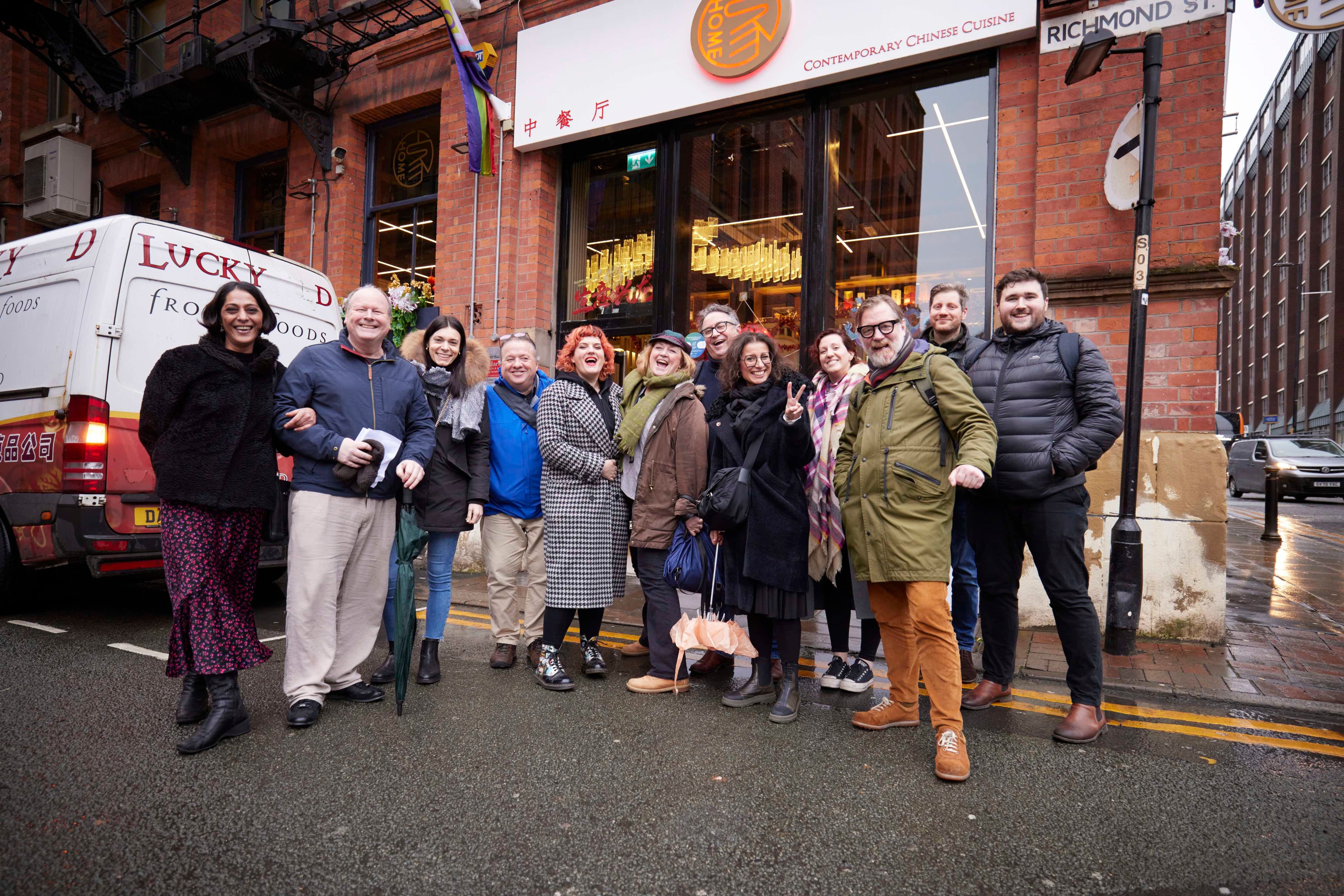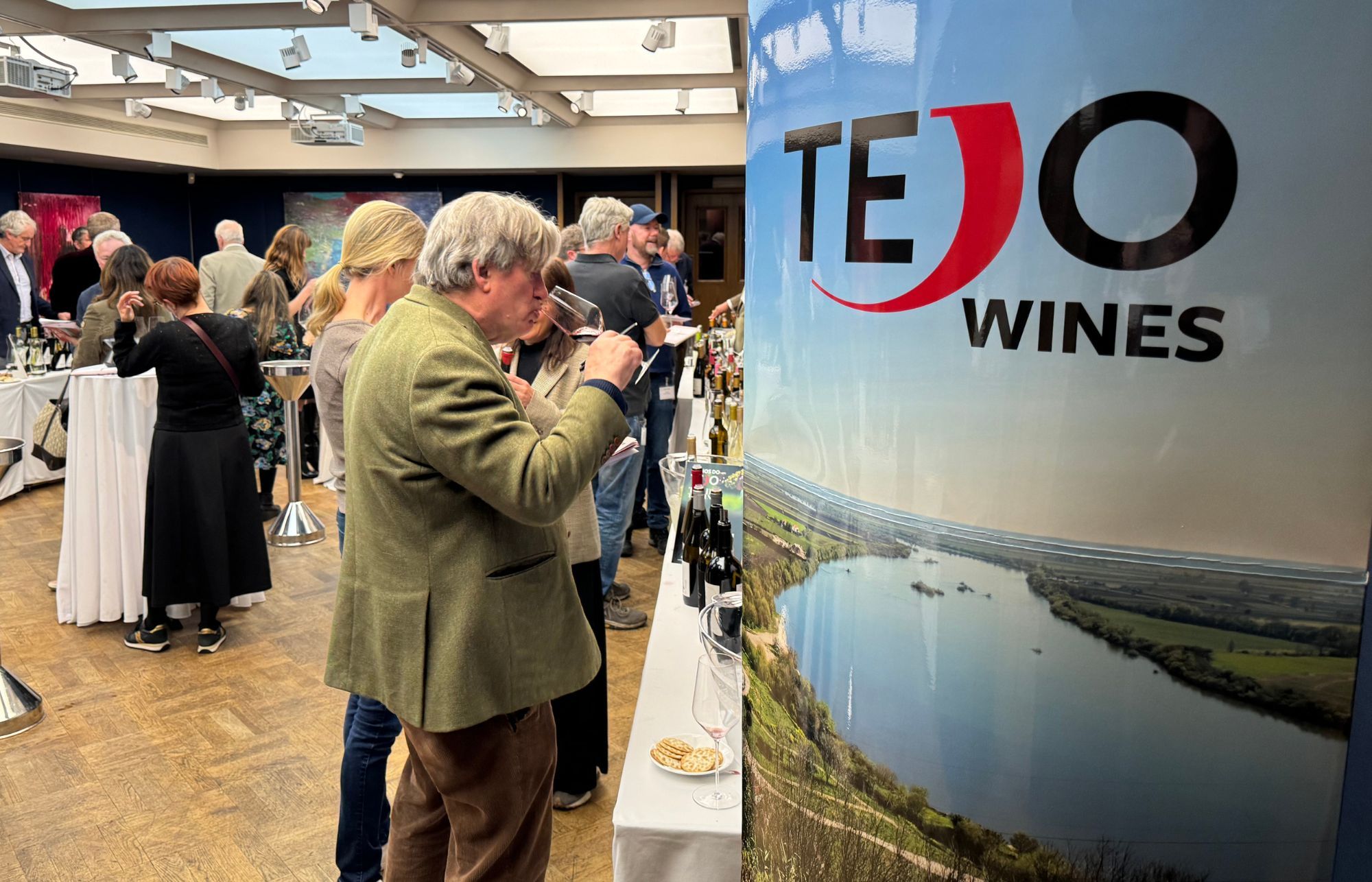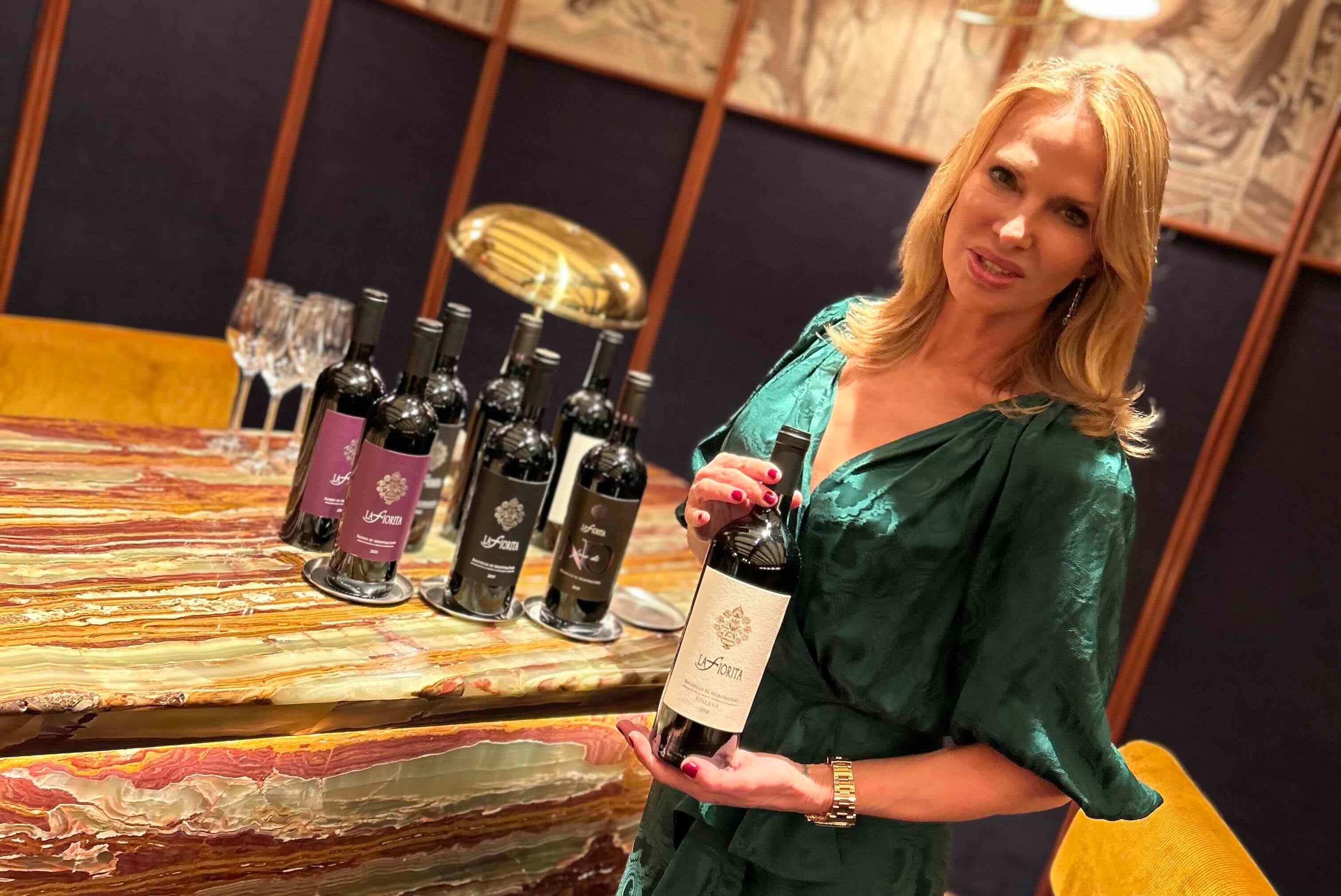“So another year gone, maybe not a great one for the planet or humanity in general but a great one for wine, which from pretty much wherever you’re looking, just gets better and better,” writes Keay.

Considering that the UK seems to be a country where nothing seems to work properly, the ongoing success of our increasingly respected wine industry remains a thing of wonder. 2023 saw another bumper vintage, certainly in terms of volume with over 22m bottles produced, according to Wine GB, some 50% more than 2018 our previous record year.
Quality is also clearly on the up and when I tasted the Nyetimber 1086 Rose Prestige Cuvee 2013 (1086 recalls Nyetimber’s mention in the Doomsday Book of that year) which makes the first of my Top 10, I realised for the first time that we can really compete with the best. A delicious and well-crafted blend of 64% Pinot Noir and 36% Chardonnay made from just five base wines (14% of the blend is red wine) this is a sumptuous drink that has many years ahead of it but is tasting really fantastic already – with suggestions of wild strawberry, and floral notes – with six years lees ageing before spending a further three and a half years in bottle. Great stuff that further consolidates English wines’ reputation for quality, and Nyetimber as one of the rightful leaders in the industry.
Long-lees ageing – again six years – at least partly explains the richness of Domaine des Dieux Method Cap Classique Brut Claudia 2016 (Stone, Vine and Sun), a fantastic South African sparkler (76% Chardonnay, 24% Pinot Noir) that fair blew my stocks off at SVS’s Christmas tasting. The “House of the Gods” is a small estate in Hemel-en-Aarde, close to the much better known Ataraxia, but on the basis of this and two other wines SVS were showing, will soon be much better known. Wonderful layered complexity, a taste of warm brioche on the palate and amazing length, this is further proof of MCC as a leading sparkling wine category and, at around £20 a bottle, is incredible value.

To Italy for my third and final sparkling wine, I tasted the Castello Pomino Leonia Brut Rose Metodo Classico 2019 on a trip around Tuscany with the Frescobaldi group – of which Castello Pomino is part – and was very impressed. Named after the original founder of Pomino at the end of the 19th century, this is a serious wine, made from Pinot Nero, long lees-aged and then bottle aged for some more months before release, but somehow manages to be a fun and comforting drink, with a long finish, with suggestions of strawberry and cherry on the palate. Classy but very enjoyable too.
Staying in Italy for my next five wines, the iconic Duca di Salaparuta Bianca di Valguarnera 2020 made from 100% Grillo grown in western Sicily’s Insolia – in vineyards that usually grow grapes for Marsala wine – was one of the most memorable wines of 2023 for me. Vanilla-charged and floral with spice and fig on the palate, this a full-bodied wonder that seems to become more complex and structured with every sip. One for ageing but oh yes, very definitely for drinking now. Classy and very distinctive.
A late November UK launch in London of Cantina Tramin’s Epokale 2016 (Hallgarten) reminded me why this Alto Adige-based cooperative, located in the village which gave its name to Gewürztraminer, is regularly cited as one of Italy’s best – no small accolade. Epokale is a 100% sweet Gewurtz made only in top years from the very best grapes and aged in the dark for almost 6 years in an old silver mine in Ridanna, some 2000 m above sea level. Amazingly rich and sumptuous, not overly sweet with 64 g/l of rs but balanced and elegant. High end, of course, at €180 and just 2500 bottles made… but at least that’s 1000 more from the usual production.
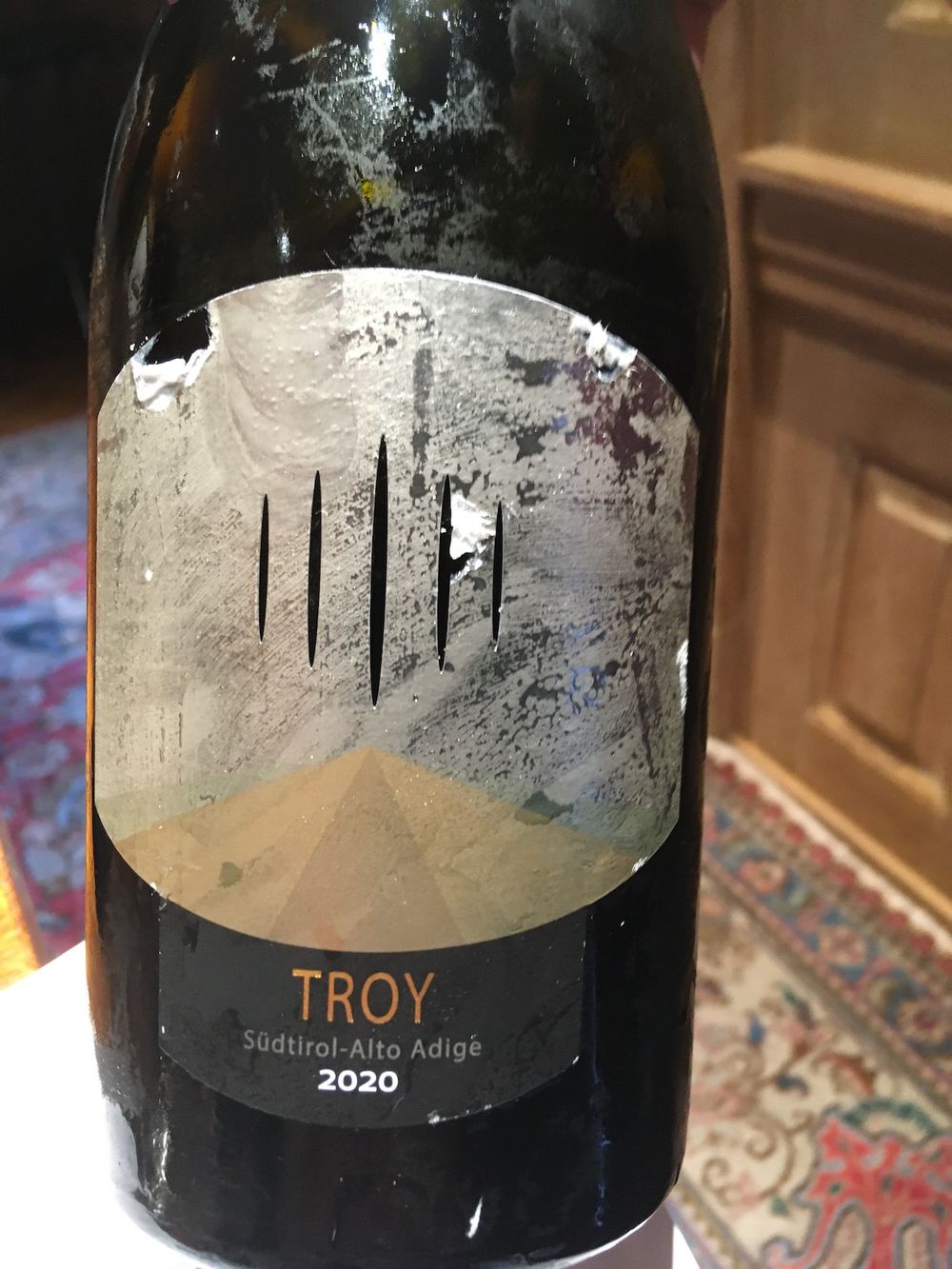
Tramin makes great Gewurtz but as I discovered they are hardly slouches with other varieties which is why their also recently released Troy Chardonnay Riserva 2020 (Hallgarten) also makes my list. Again small volume (just 6000 bottles typically retailing at €85 a bottle) this is just the third vintage of this sumptuous wine made from grapes grown on the Cantina’s highest slopes, which is so elegant and smooth it felt it had a bit more than the 2 gr of r/s it actually does have. The oak – 40% in new barrique – is really well done. Winemaker Willi Sturz says this is Chardonnay “with an Alpine twist…reflecting an intimate relationship with the mountains we call home” and tells me that Troy means “path” in the local dialect. With both these wines, Cantina Tramin is clearly on the right one.
Moving south, a November Zoom with Giuseppe Vajra of the eponymous Piemonte winery gave a great insight into why this producer remains one of the most impressive, ambitious but also good value in the region, and the nuanced, complex high elevation Barolos (Coste di Rose, Ravea and Bricco delle Viole, all 2019s) didn’t disappoint, although all obviously are in their youth with years ahead of them. The wine that makes my list is the more modest but superbly made GD Vajra Dolcetto 2022 (Liberty Wines), made from what local winemakers often describe as their favourite variety but much of which was pulled up over the past 20 years to be replaced by more remunerative Nebbiolo. But, as David Way reminds us in his just released book Wines of Piemonte, some fantastic Dolcetto is still being made. GD Vajra’s is a stunner, low acidity but wonderful character and a deep, dark red colour reminiscent of Lagrein, made from high quality grapes, unusually grown within a Barolo vineyard. A wine that wants to reach out and hug you.
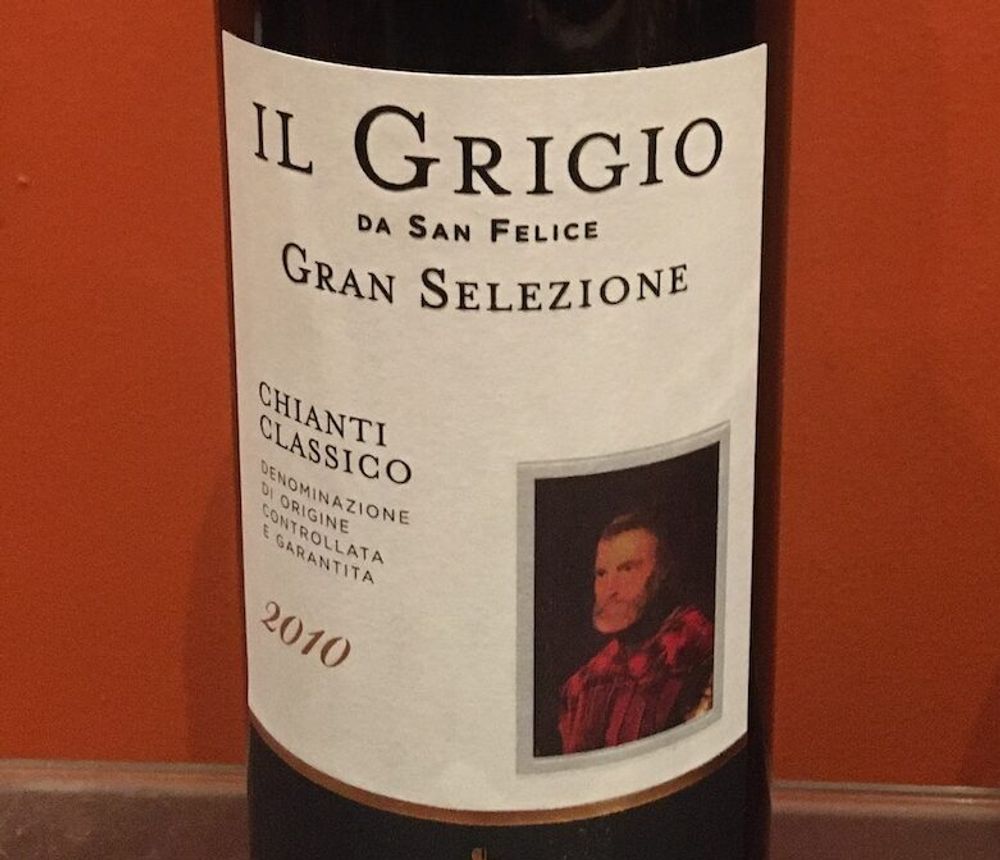
To Tuscany for some great Chianti Classico from another producer which should be better known in the UK, San Felice. A vertical of a range of their Il Grigio and Poggio Rosso wines at a Zoom tasting and later on in person at Oblix at The Shard with winemaker Leonardo Bellaccinci (who remarkably has been in situ since his early 20s, for 40 years) was a real treat showing the quality and diversity of this historic producer. The wine that makes my Top 10 is Il Grigio Gran Selezione 2010 (Boutinot), given its age an amazingly rich and youthful wine showing huge complexity and character, even if the tannins have faded somewhat. For Il Grigio, Bellaccini uses traditional Tuscan varieties Colorino and Pugnitello alongside Sangiovese and I’d venture this is what makes the difference here, giving this great wine just a little je ne sais quoi and suggesting traditional local varieties other than Sangiovese are always welcome in Tuscan wines.
To the Greek Islands for my last two.
T-Oinos, the ambitious producer on the island of Tinos – in the Cyclades across from Mykonos – needs no introduction to readers of this site: their Assyrtiko and Mavrotragano, especially the high-end RARE wines, have continued to impress since the launch of the €10m project back in 2008, and the wines made amongst the schist and boulders of this remarkable almost prehistoric landscape have always had a special intensity. But the Clos Segasta Assyrtiko 2021 (Oenotrade) released in November marks a new step forward for T-Oinos, now producing around 30,000 bottles a year: this is a truly delicious wine, very rich and saline, and I would say more approachable, with less of that piercing acidity which can make young Assyrtiko quite hard going. This is smooth, probably made so by the two heat waves which struck the island in 2021, according to consultant winemaker Stephane Derencourt. At around £80 it isn’t cheap but marketing manager Eleni Blouchou puts it: “Yes, we are more expensive than any other Greek wine but we can support it with quality.”

Staying with Assyrtiko but travelling east to its original home in Santorini, the wines of Canava Chrissou Tselepos stood out for me earlier this year at a tasting at the Greek Embassy. But it was the Assyrtiko Laoudia 2022 (Cava Spiliadis) that bought home to me how dramatically this outfit is redefining Assyrtiko even as demand for the grape has reached record levels (with prices to match, especially from Santorini). Laoudia is made from deliberately over-ripened grapes and then fermented and aged for 4 months in amphora before another 10 months of bottle ageing. The result is an impressively complex and nuanced wine, showing great salinity leavened with almond, marzipan and stone fruit, with a herbal backbone running through to a long finish. An Assyrtiko to give to people who think they’ve tasted everything the variety has to offer, this is very special.
So another year gone, maybe not a great one for the planet or humanity in general but a great one for wine, which from pretty much wherever you’re looking, just gets better and better.
Comparing the vast amount of new entries in the latest fifth edition of Julia Harding and Jancis Robinson’s Oxford Companion to Wine to the fourth edition, published back in 2015 shows just how much has changed. Oenologically today we are living in completely different world compared to eight years ago, with entries for randomly, Arkansas, Arizona, Belgium, Sweden and, of course, a newly expanded one for China (as well as England and Wales).
One can only say…Cheers!


